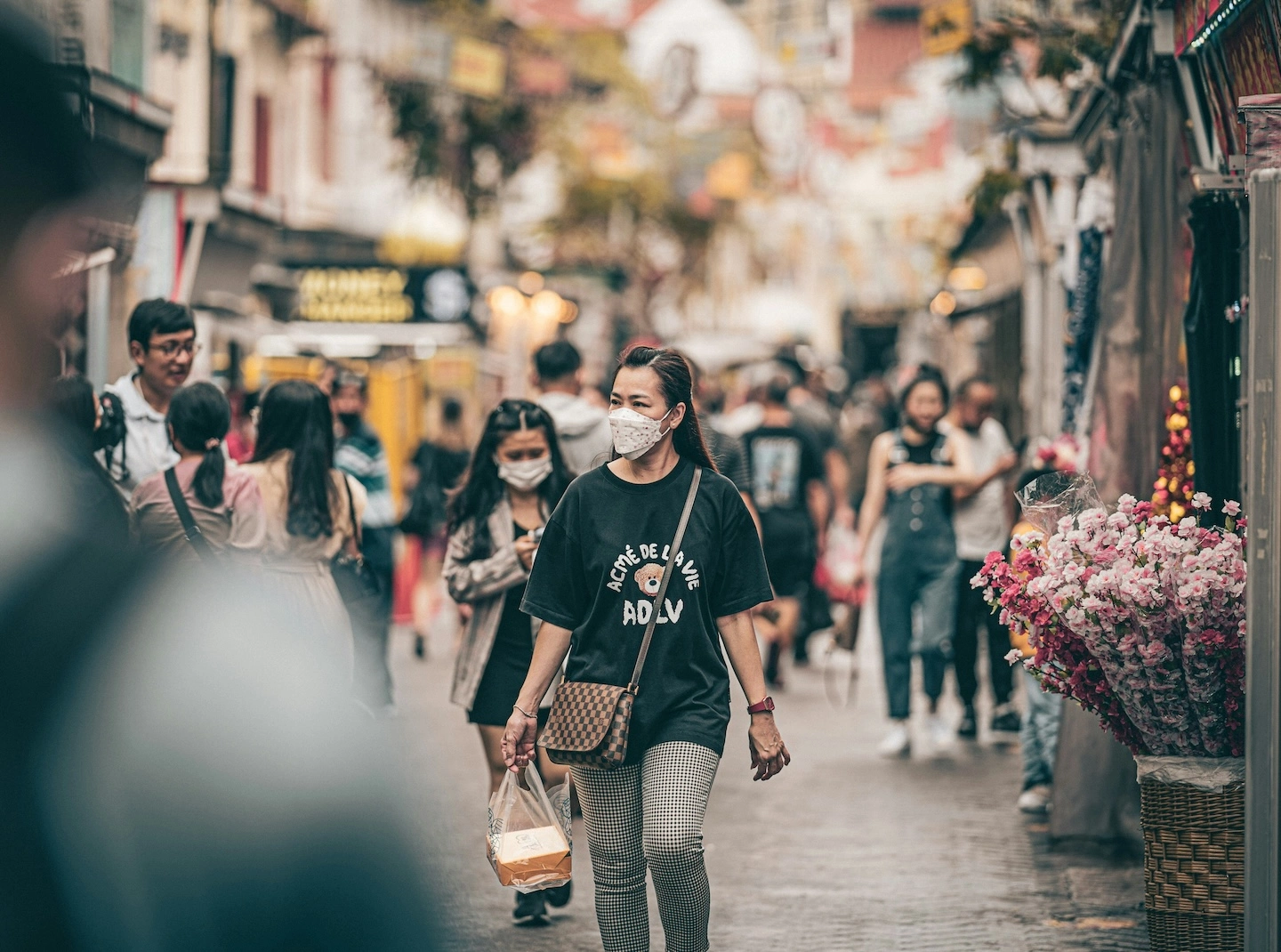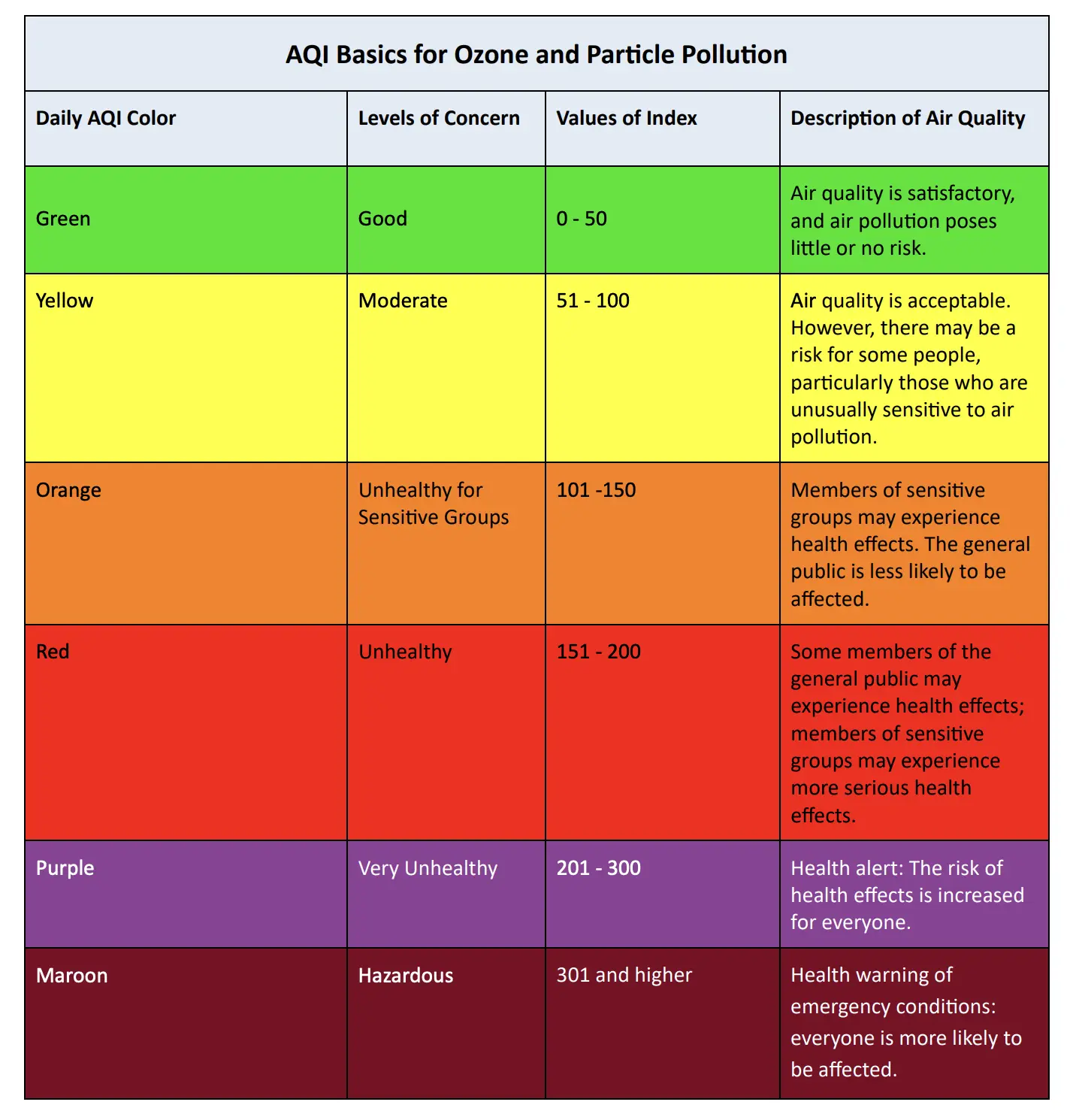Image provided by wen panda via Unsplash.
TL;DR: Air pollution affects everyone, but women and girls often bear a heavier burden. They often face higher exposure and are more likely to experience serious health consequences. Exposure during pregnancy can lead to further health complications. Women in low and middle-income countries and women of color face especially high risks. Cleaner cooking methods, personal protective measures, and better air quality data can help protect the health of both women and men.
Nearly the entire global population (99%) breathes air that exceeds the World Health Organization (WHO) guidelines for public health. Air pollution’s adverse health effects are felt by both genders, with unhealthy air linked to roughly 7 million premature deaths every year. Yet, poor air quality disproportionately impacts women.
Women’s exposure to air pollution
One reason why women and girls are disproportionately impacted is that they are often exposed to higher levels of air pollution throughout their lives—particularly in developing countries. Women and young people are overrepresented in the informal economy and more likely to work jobs that put them near ambient pollution sources. In India, for instance, female migrant and informal workers spend long hours outside in city areas with high PM2.5 pollution.
Inside the home, chores such as cooking and heating, which are frequently traditionally performed by women, result in high air pollution exposure. Open fires, inefficient stoves, and unclean fuels produce air pollutants. This type of household air pollution is particularly prevalent in lower-income countries, where air pollution is already more common, making women and girls in these regions particularly vulnerable.

Air pollution and women’s health
Air pollution may also be more damaging to women’s health. Particulate matter and ground-level ozone are more likely to cause cerebrovascular disease (CEVD) deaths in women than in men. Diesel exhaust fumes similarly result in a greater health risk for women, with a study finding greater changes in the components of their blood related to inflammation, infection, and cardiovascular disease after breathing the same amount of this kind of air pollution.
Women facing high exposure to fine particulate matter (PM2.5) are more likely to have irregular menstrual cycles. While air pollution may not always be the direct cause, irregular menstrual cycles are associated with an increased risk of premature death, diabetes, heart disease, and cancer.
Areas facing a greater exposure to particulate matter also see more cases of breast cancer, a disease shown to be more common in women than in men. One American study observed an 8% increase in breast cancer incidence for individuals living in areas with higher levels of PM2.5. Another study found that women in Los Angeles encountered a higher risk of breast cancer from toxic air pollutants, with women of color experiencing more significant exposure.

To complicate matters, asthma and other pulmonary diseases are already more prevalent and often more severe in women. Preexisting conditions like this increase the likelihood of adverse health effects from poor air quality. So, women with these conditions are especially at risk.
Air pollution and maternal health
In addition to affecting women’s general health, air pollution also has a significant impact on maternal health. Poor air quality has been linked to maternal hypertensive disorders, postpartum depression, and placental abruption.
Air pollution is associated with hormonal and ovarian dysfunction, including disorders like polycystic ovary syndrome (PCOS). Particulate matter can lead to oxidative stress and increased inflammation in both mothers and fetuses. Black carbon particles can even lodge in placental tissue, negatively affecting fetal development.
Higher rates of particulate matter have also been linked to decreased fertility. One study in China found that fertility rates decreased by 2% for every 10 μg/m3 increase in PM2.5 exposure. Chronic exposure exacerbates the issue. Particulate matter (PM10), nitrogen dioxide (NO2), and ozone (O3) have been linked to a lower success rate with in-vitro fertilization (IVF). Air pollution contributes to male infertility as well.

A mother’s exposure to poor air quality also affects fetal health. Air pollution contributes to the likelihood of a stillbirth, low birth weight, and preterm birth. In 2019, air pollution likely contributed to nearly 6 million premature births and almost 3 million underweight babies around the world. Preterm birth is one of the leading causes of childhood deaths.
Intersectionality
While women tend to be more vulnerable to the effects of air pollution, not all women experience the same air quality risk. The majority of air pollution-related deaths of any gender occur in low and middle-income countries. In 2019, for instance, 89% of premature deaths caused by ambient air pollution occurred in low- and middle-income countries. Women in these areas face significantly higher air pollution exposure and risk when compared to their wealthier counterparts.
Air pollution risk and exposure also vary within the United States. For instance, Black, Latina, and Indigenous women in the U.S. disproportionately suffer from fossil fuel pollution, including air pollution. There are also more adverse pregnancy outcomes related to air pollution exposure among Black and Hispanic mothers in the United States when compared to non-Hispanic White mothers.
Looking forward
On an individual level, you can protect yourself and your family from ambient air pollution by staying indoors when air quality is poor and using an air filter if possible. Avoid strenuous outdoor activities, and use an N95 or KN95 mask.

You can protect yourself from indoor air pollution by ensuring you use clean fuels and efficient stoves for cooking. Well-maintained HEPA, MERV13, and HVAC air filters can all help keep indoor air clean.
Reducing air pollution benefits not only women and girls, but everyone. Government policies, public transportation, and widespread air quality monitoring can all contribute to reducing air pollution and protecting vulnerable populations from related adverse health effects. Learn how you can partner with Clarity to build a solution.
